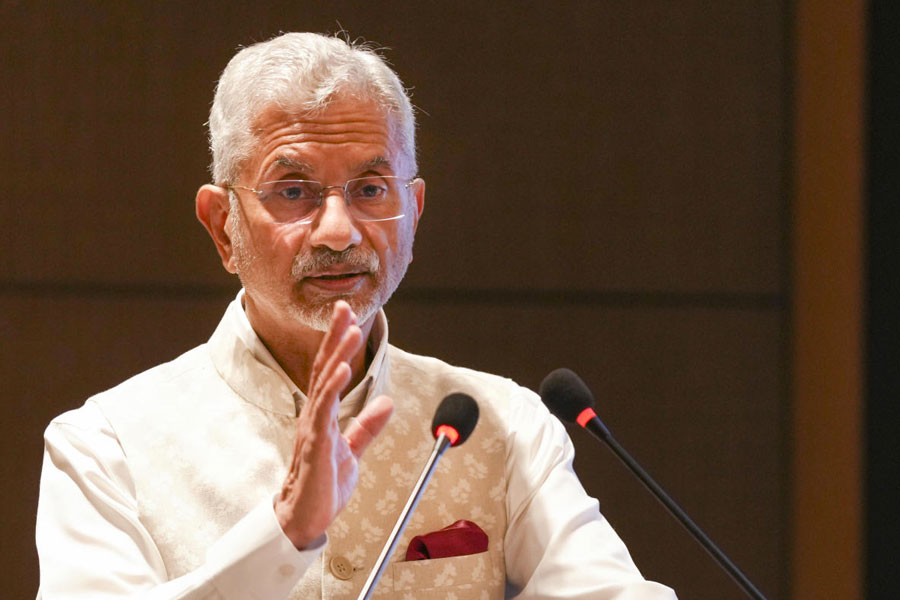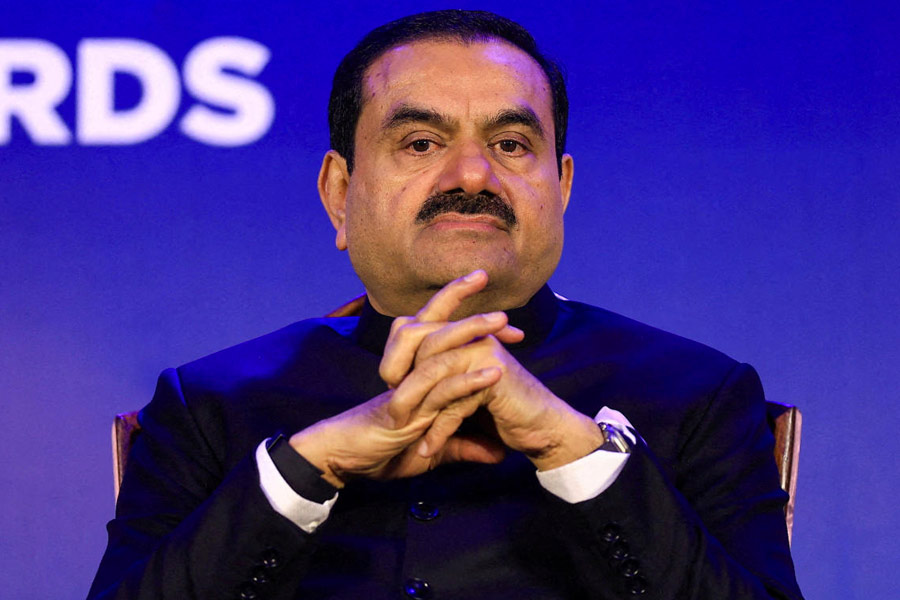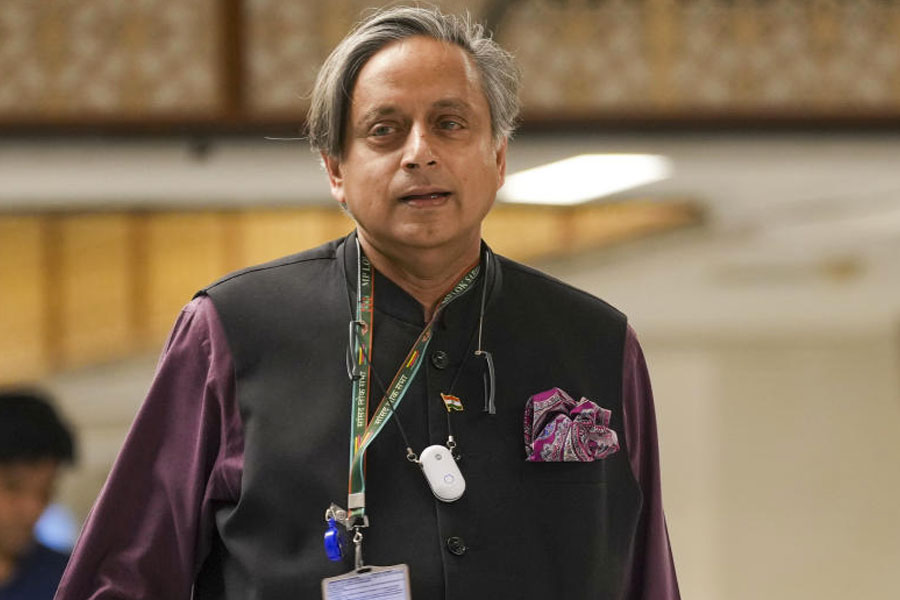 |
Jorhat, Dec. 13: Is the river island of Majuli actually the world’s largest? If an Internet site on “island superlatives” is to be believed, the sobriquet belongs to Ilha do Bananal, a 20,000 square km island formed by two channels of the Araguaia river of Brazil.
Lending credence to the website’s claim is the Centre’s admission that there is no “official evidence” of Majuli’s girth being the largest among all river islands of the world.
The Union ministry of culture has already asked the Archaeological Survey of India (ASI), which is compiling a dossier on Majuli, not to refer to it as the world’s largest river island “because this has not been clearly established”.
The dossier, being prepared with the assistance of experts from the New Delhi-based School of Planning and Architecture, is to be sent to Unesco for an evaluation of Majuli’s eligibility for the status of a World Heritage Site.
ASI has been asked to complete the dossier by next March.
The credibility of claims about Majuli’s size was discussed at a meeting in Guwahati on December 5. Representatives of the Centre, ASI officials and the state chief secretary agreed that there was no evidence to corroborate these claims.
Documentation experts mentioned at the meeting that the “island superlatives” section of an authoritative Internet site had identified Ilha do Bananal, a part of the Brazilian province of Tocantins, as being the world’s largest river island. Majuli has a geographical area of 880 square km, but a huge population of 1,35,378 (1991 census). Ilha do Bananal, whose area is several times larger, is home to just 3,000 people.
According to the “island misinformation” section of the website, it is a fallacy that Majuli is the world’s largest river island. “In reality, many river islands in Brazil and elsewhere are larger, beginning with Bananal at 20,000 square km. Majuli is only 880 square km,” it says.
The Centre believes that Unesco could reject Majuli’s application for the status of a World Heritage Site if the information provided in the dossier is found to be inauthentic or uncorroborated. ASI officials have been told that the dossier should focus on the cultural richness of Majuli instead of the disputed geographical aspect.
Majuli has been the hub of Vaishnavite culture since the 16th century reformer Srimanta Sankardev chose the island to sow the seeds of the Bhakti cult. His legacy comprises nearly two dozen satras (monasteries), each having distinctive customs.
The satras are monastic institutions that enshrine the essence of Vaishnavism and perpetuate the teachings of Sankardev and those of his apostles, including Madhavdev. They have preserved the cultural trappings germane to the Bhakti cult and some priceless artefacts, including paintings, handicrafts and centuries-old scriptures.
However, Majuli has been in the throes of a crisis since the “Great Earthquake” of 1950. Such was the intensity of the tremors that the bed of the Brahmaputra was pushed upward, causing the river to change its course. Since then, the island has been witnessing constant erosion, with portions being swallowed by the river. Over one-third of the original island is believed to have been gobbled up by the Brahmaputra.










